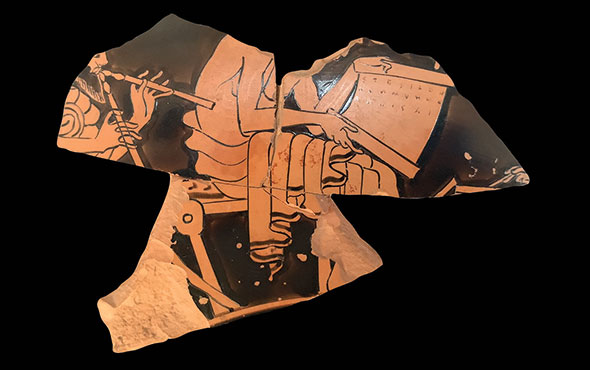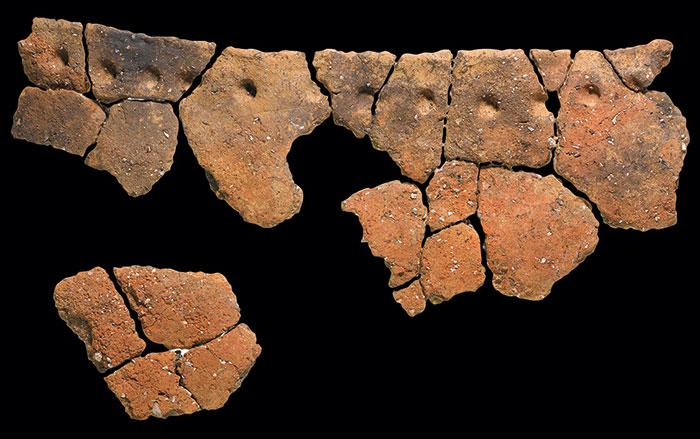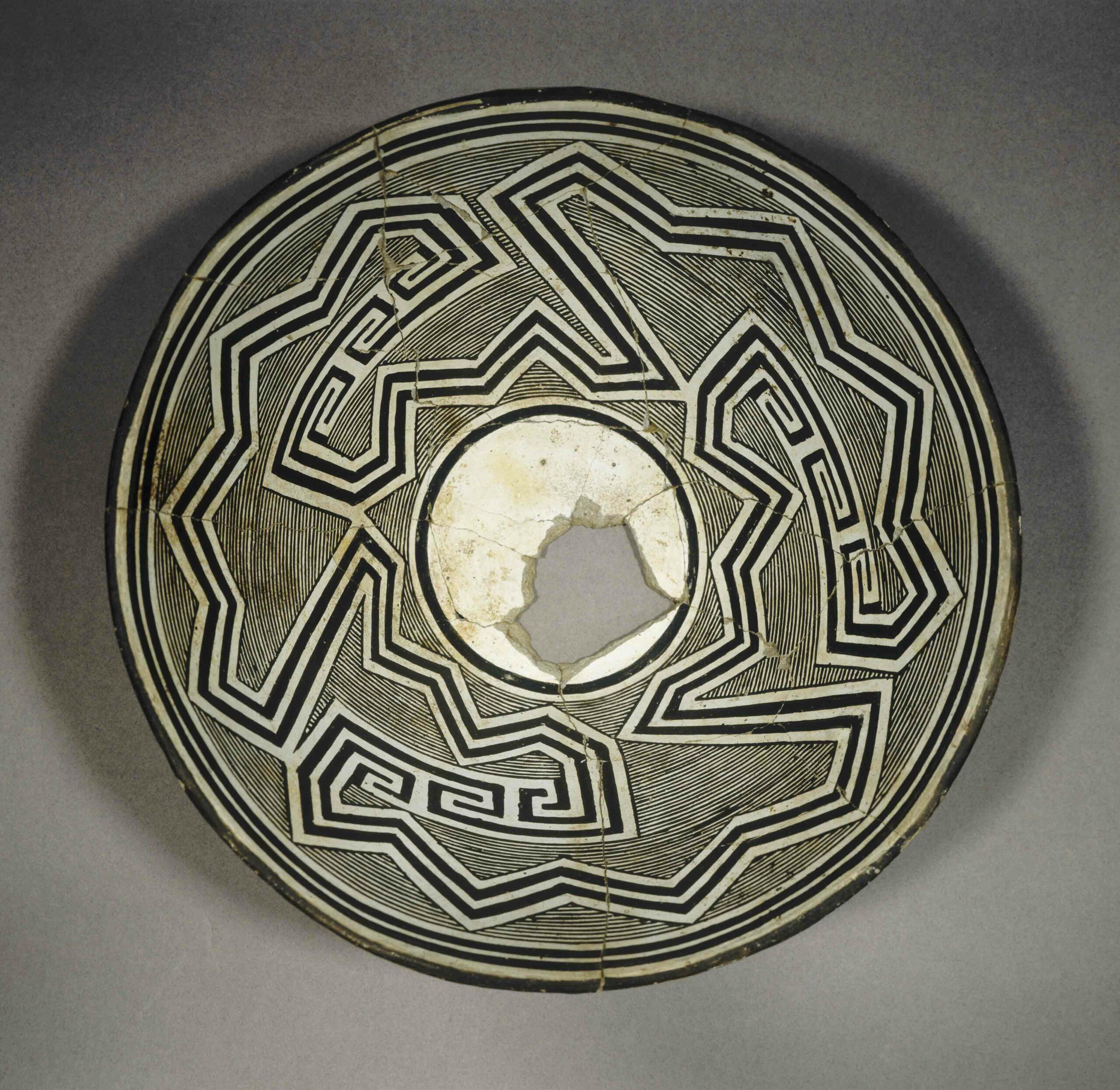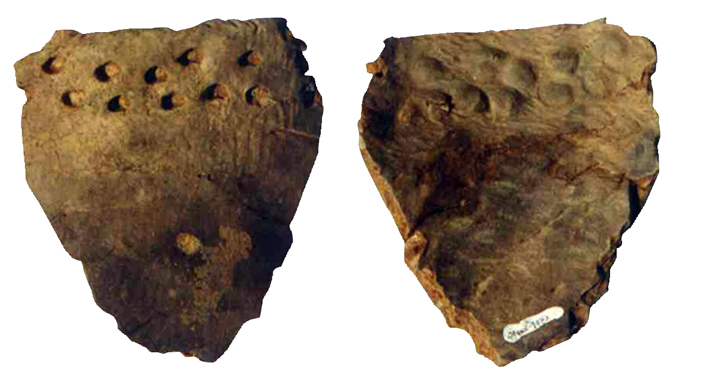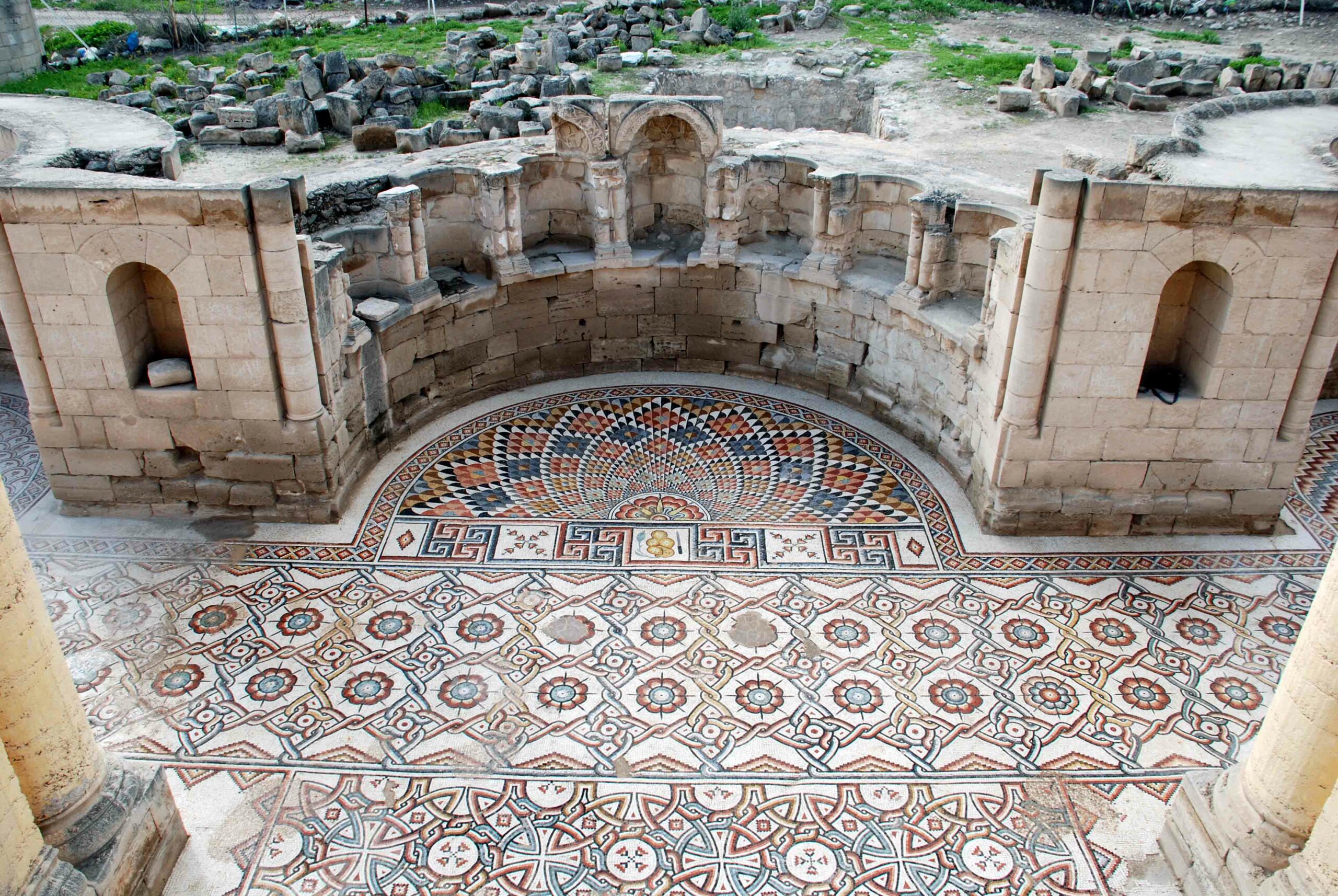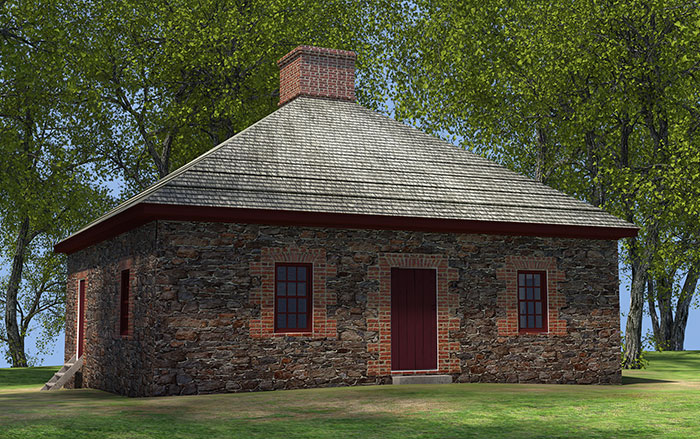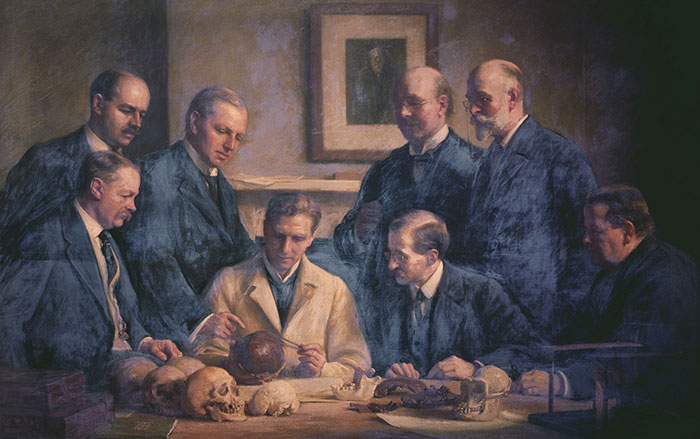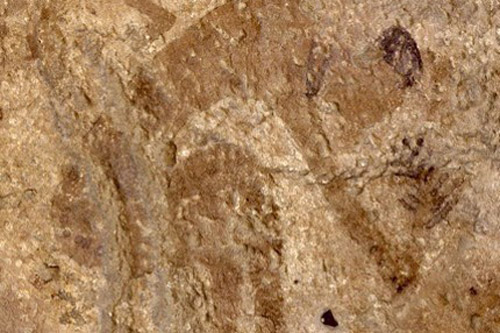
BRISTOL, ENGLAND—BBC News reports that traces of cooked wild grains from grasses, leafy plants, and aquatic plants have been detected in oily residues on 10,000-year-old pottery fragments. According to scientists from the University of Bristol and Sapienza University of Rome, cooking the plants would have made them tastier, easier to digest, and in some cases, less toxic. The more than 100 pieces of pottery were recovered from two sites in the Libyan Sahara, which was a green savannah at the time. Julie Dunne of the University of Bristol explained that the pottery fragments are the earliest direct evidence researchers have of plant processing by hunter-gatherers. Stones found near the pottery suggest that some of the grains may have been ground into flour. “Or they may have just boiled the grains for prolonged periods and made a kind of porridge,” she said. “Interestingly enough, that is one of the staples in Africa today—it may be that this has a very long history.” For more, go to “Libya's Forgotten History.”


